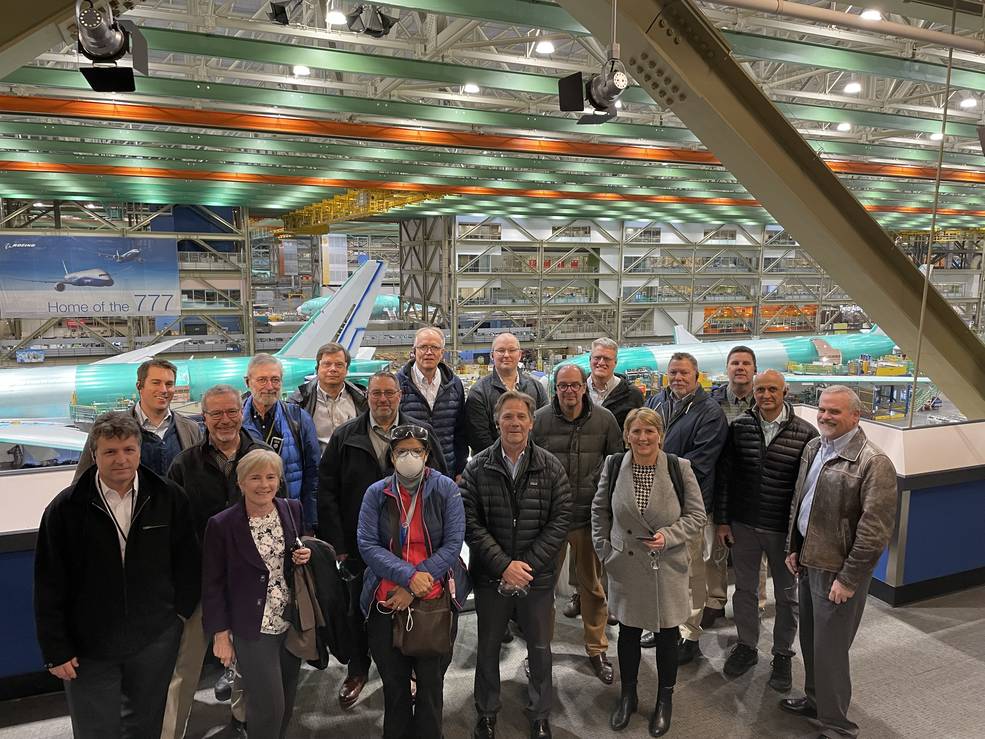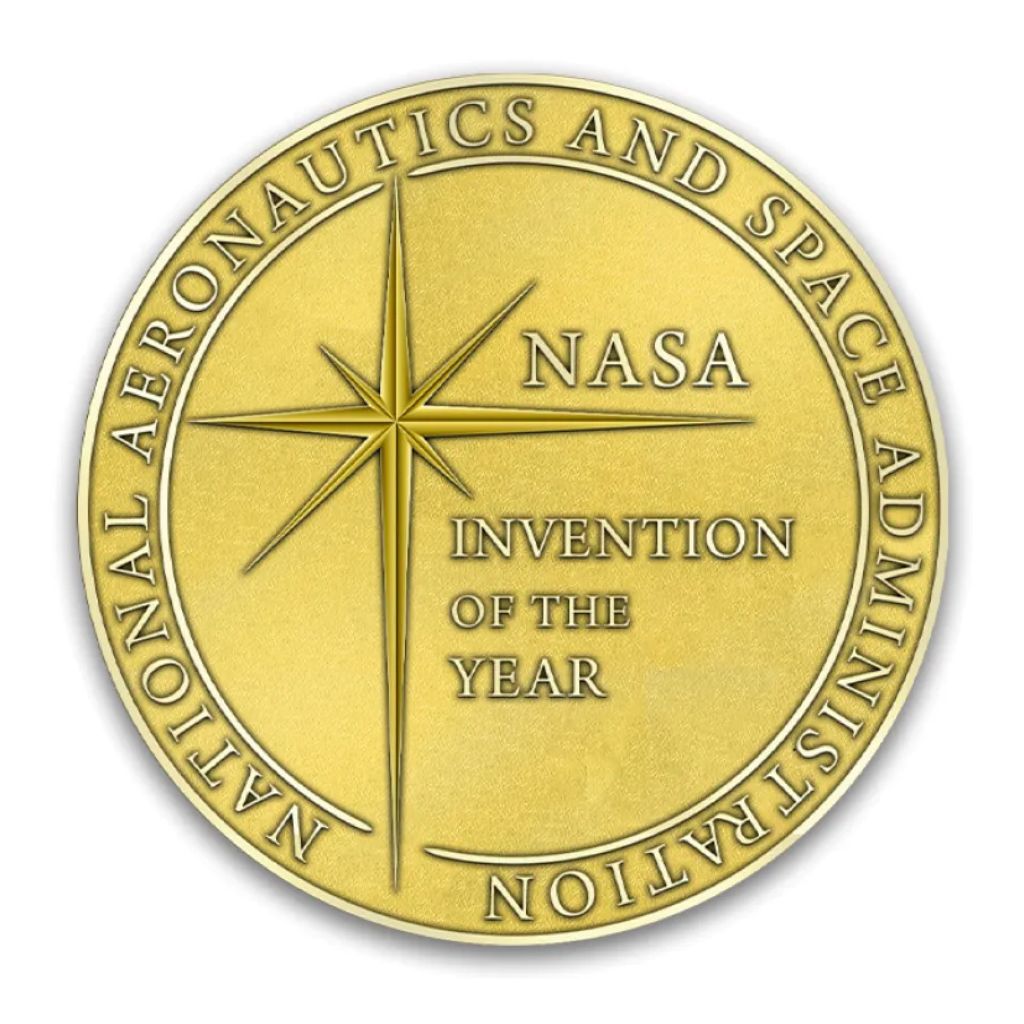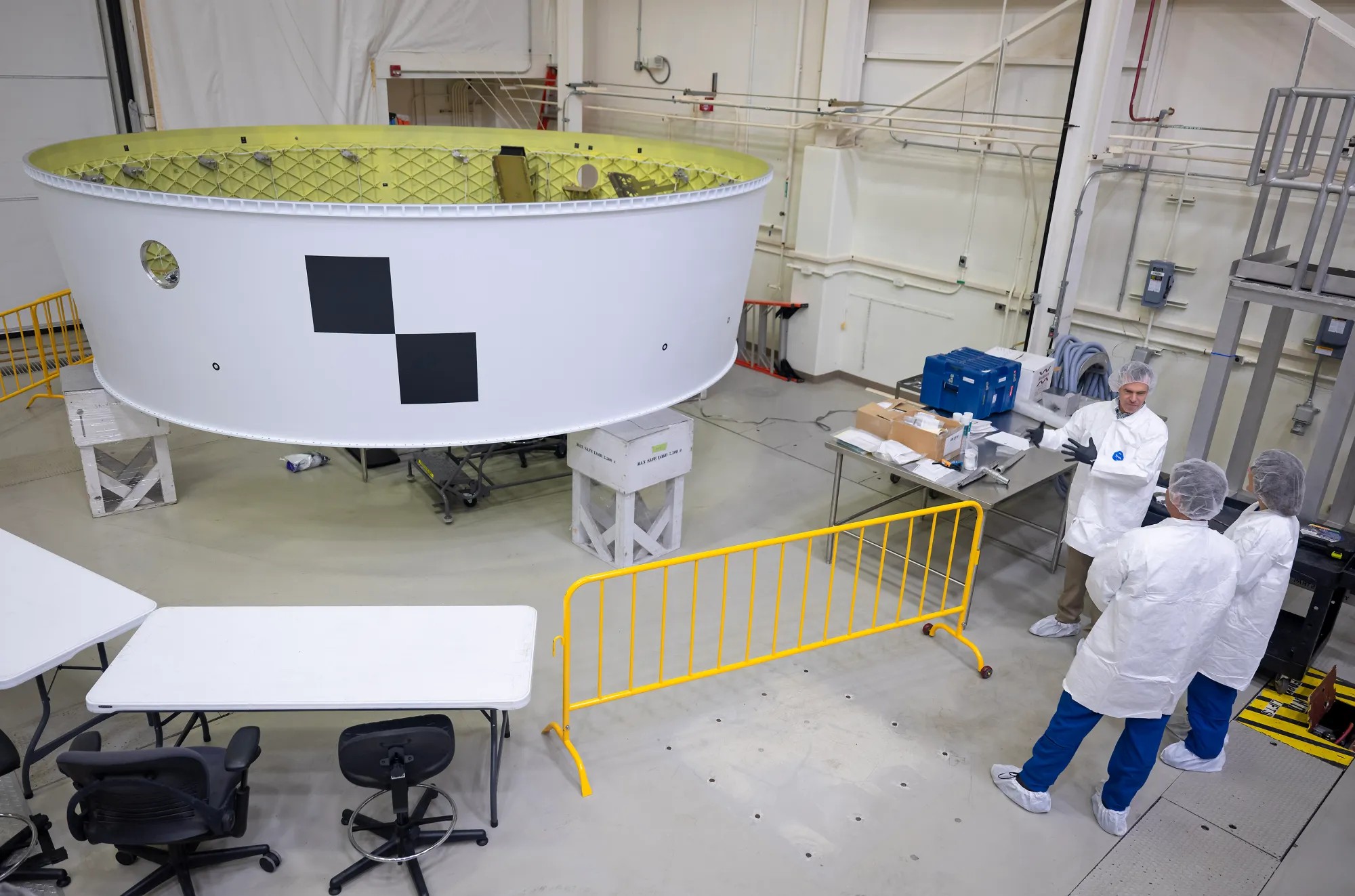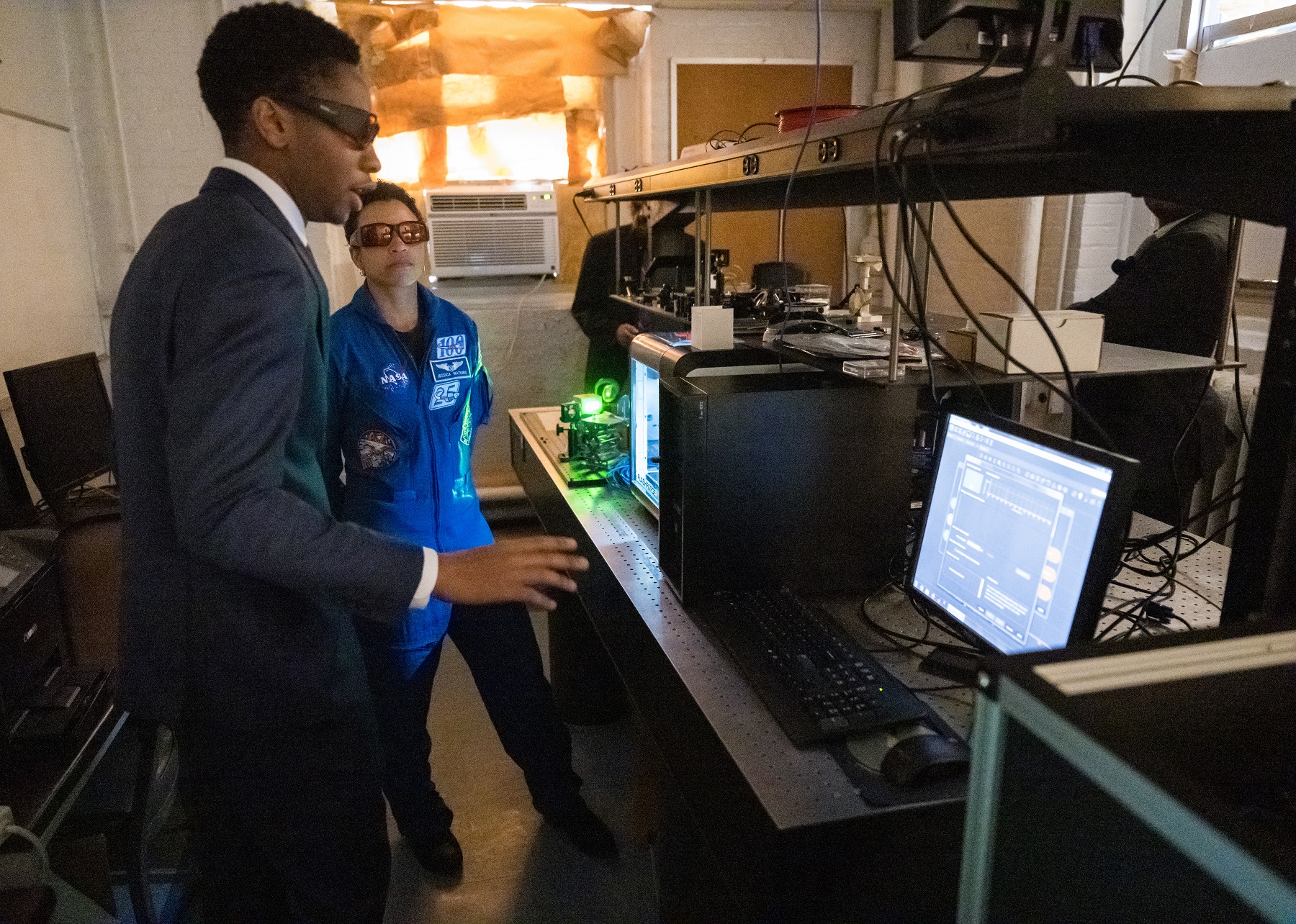NASA Collects First Surface Science in Decades via Commercial Moon Mission
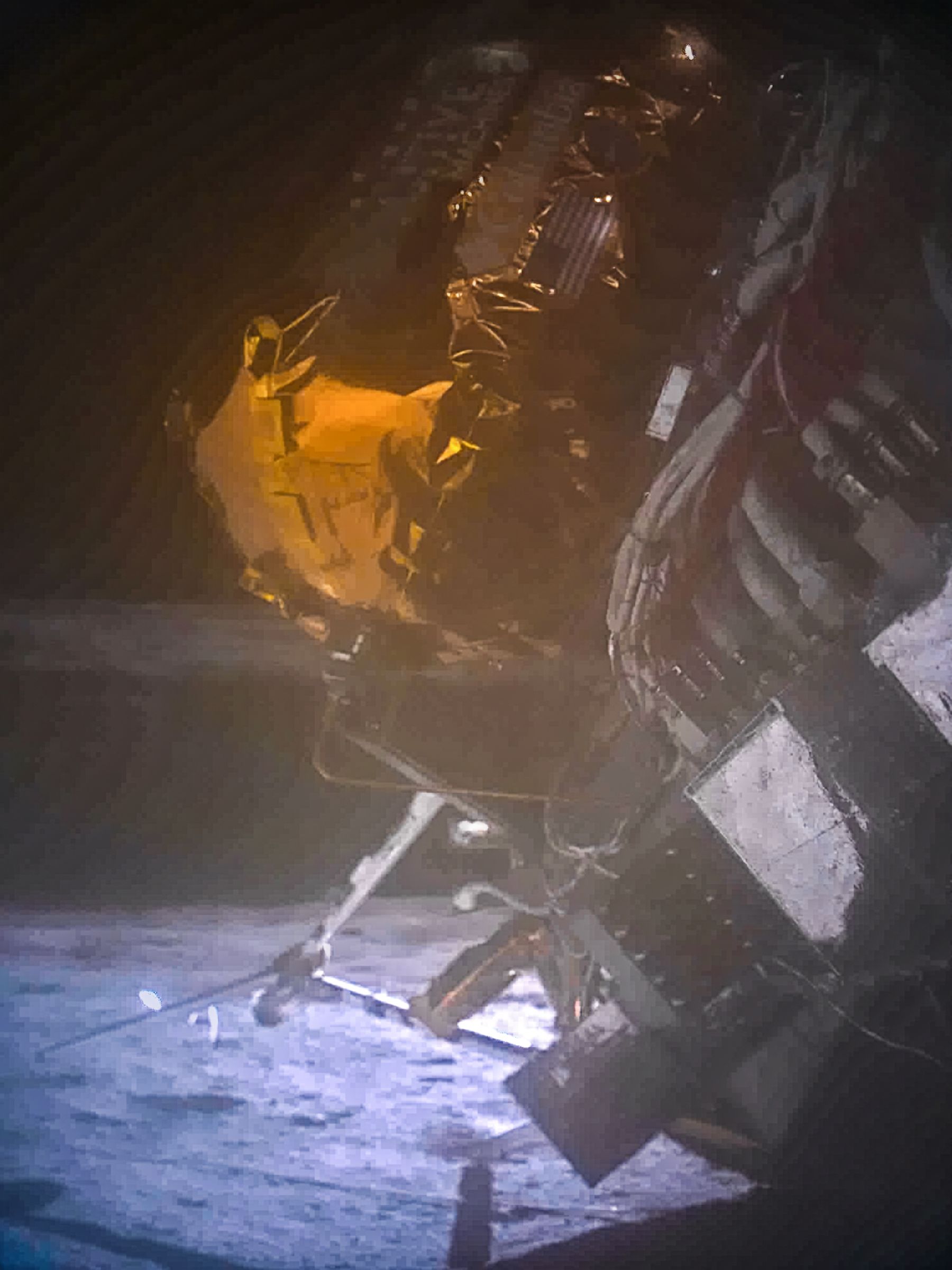
For the first time in more than 50 years, NASA was able to collect data from new science instruments and technology demonstrations on the Moon. The data comes from the first successful landing of a delivery through NASA’s CLPS (Commercial Lunar Payload Services) initiative and Artemis campaign.
The six instruments ceased science and technology operations eight days after landing in the lunar South Pole region aboard Intuitive Machines’ Odysseus, meeting pre-launch projected mission operations. Known as IM-1, this was the first U.S. soft landing on the Moon in decades, touching down on Feb. 22, proving commercial vendors can deliver instruments designed to expand the scientific and technical knowledge on the Moon.
Aboard the lunar lander, NASA science instruments measured the radio noise generated by the Earth and Sun. Technology instruments, aided Intuitive Machines in navigating to the Moon and gathered distance and speed (velocity) of the lander as touched down on the lunar surface.
“This mission includes many firsts. This is the first time in over 50 years that an American organization has landed instruments on the surface of the Moon,” said Joel Kearns, deputy association administrator for exploration of NASA’s Science Mission Directorate in Washington. “This mission also provides evidence of the Commercial Lunar Payload Services model, that NASA can purchase the service of sending instruments to the Moon and receiving their data back. Congratulations to the entire Intuitive Machines team and our NASA scientists and engineers for this next leap to advance exploration and our understanding of Earth’s nearest neighbor.”
During transit from Earth to the Moon, all powered NASA instruments received data and completed transit checkouts.
- During descent, the Radio Frequency Mass Gauge and Navigation Doppler Lidar collected data during the lander’s powered descent and landing.
- After landing, NASA payload data was acquired consistent with the communications and other constraints resulting from the lander orientation.
- During surface operations, the Radio-wave Observations at the Lunar Surface of the Photoelectron Sheath and Lunar Node-1 were powered on, performed surface operations, and have received data.
- The Stereo Cameras for Lunar Plume-Surface Studies was powered on and captured images during transit and several days after landing but was not successfully commanded to capture images of the lander rocket plume interaction with the lunar surface during landing.
- The Laser Retroreflector Array is passive and initial estimates suggest it is accessible for laser ranging from the Lunar Reconnaissance Orbiter’s Lunar Orbiter Laser Altimeter to create a permanent location marker on the Moon.
“The bottom line is every NASA instrument has met some level of their objectives, and we are very excited about that,” said Sue Lederer, project scientist for CLPS. “We all worked together and it’s the people who really made a difference and made sure we overcame challenges to this incredible success – and that is where we are at today, with successes for all of our instruments.”
NASA and Intuitive Machines co-hosted a news conference non Feb. 28 to provide a status update on the six NASA instruments that collected data on the IM-1 mission. Mission challenges and successes were discussed during the briefing, including more than approximately 500 megabytes of science, technology, and spacecraft data downloaded and ready for analysis by NASA and Intuitive Machines.
The first images from this historical mission are now available and showcase the orientation of the lander along with a view of the South Pole region on the Moon. Odysseus is gently leaning into the lunar surface, preserving the ability to return scientific data. After successful transmission of images to Earth, Intuitive Machines continues to gain additional insight into Odysseus’ position on the lunar surface. All data gathered from this mission will aid Intuitive Machines in their next two CLPS contracts that NASA has previously awarded.
For more information about the agency’s Commercial Lunar Payload Services initiative, visit:
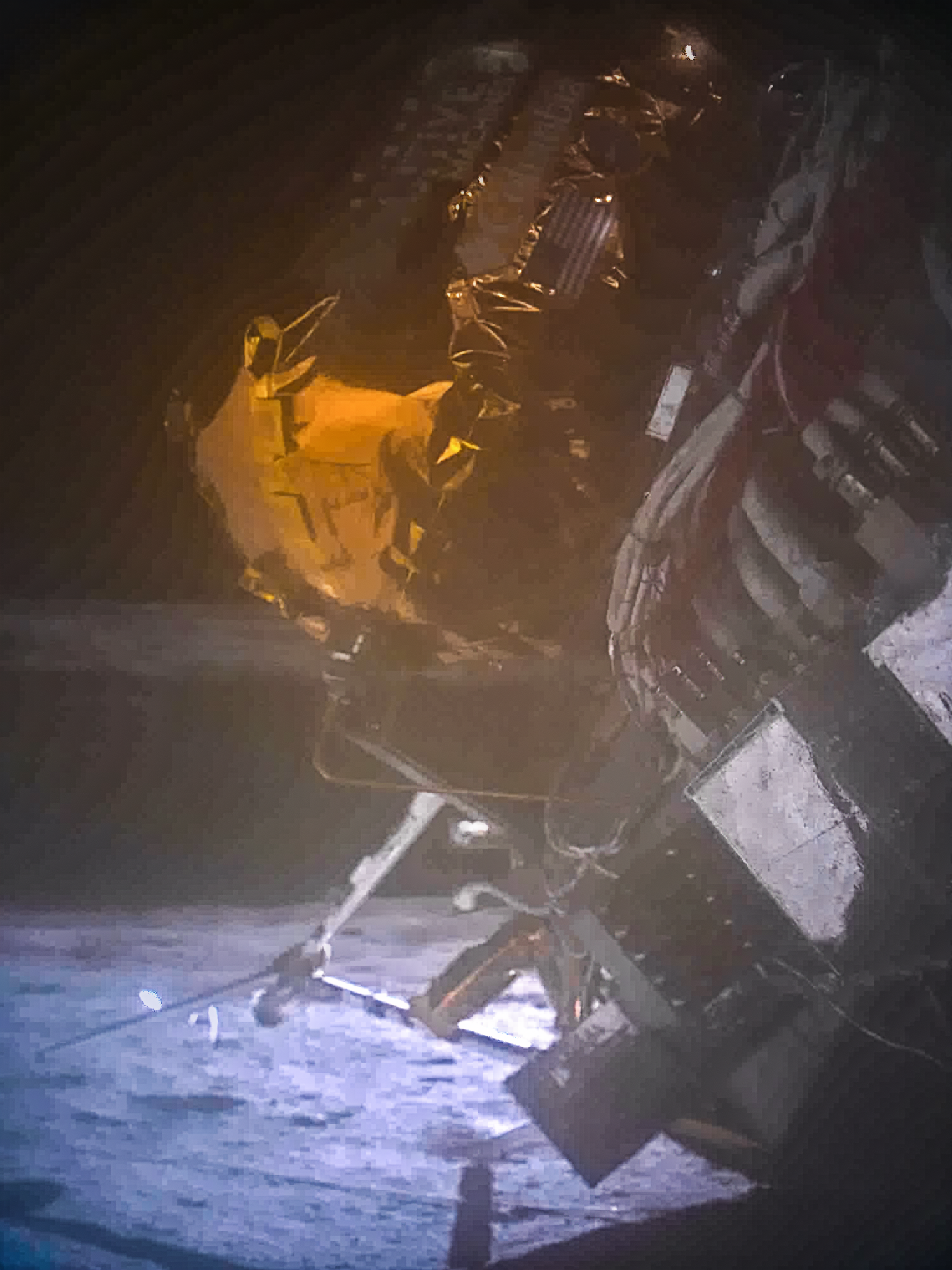
Odysseus’ landing captured a leg, as it performed its primary task, absorbing first contact with the lunar surface. With the lander’s liquid methane and liquid oxygen engine still throttling, it provided stability.
Credit: Intuitive Machines
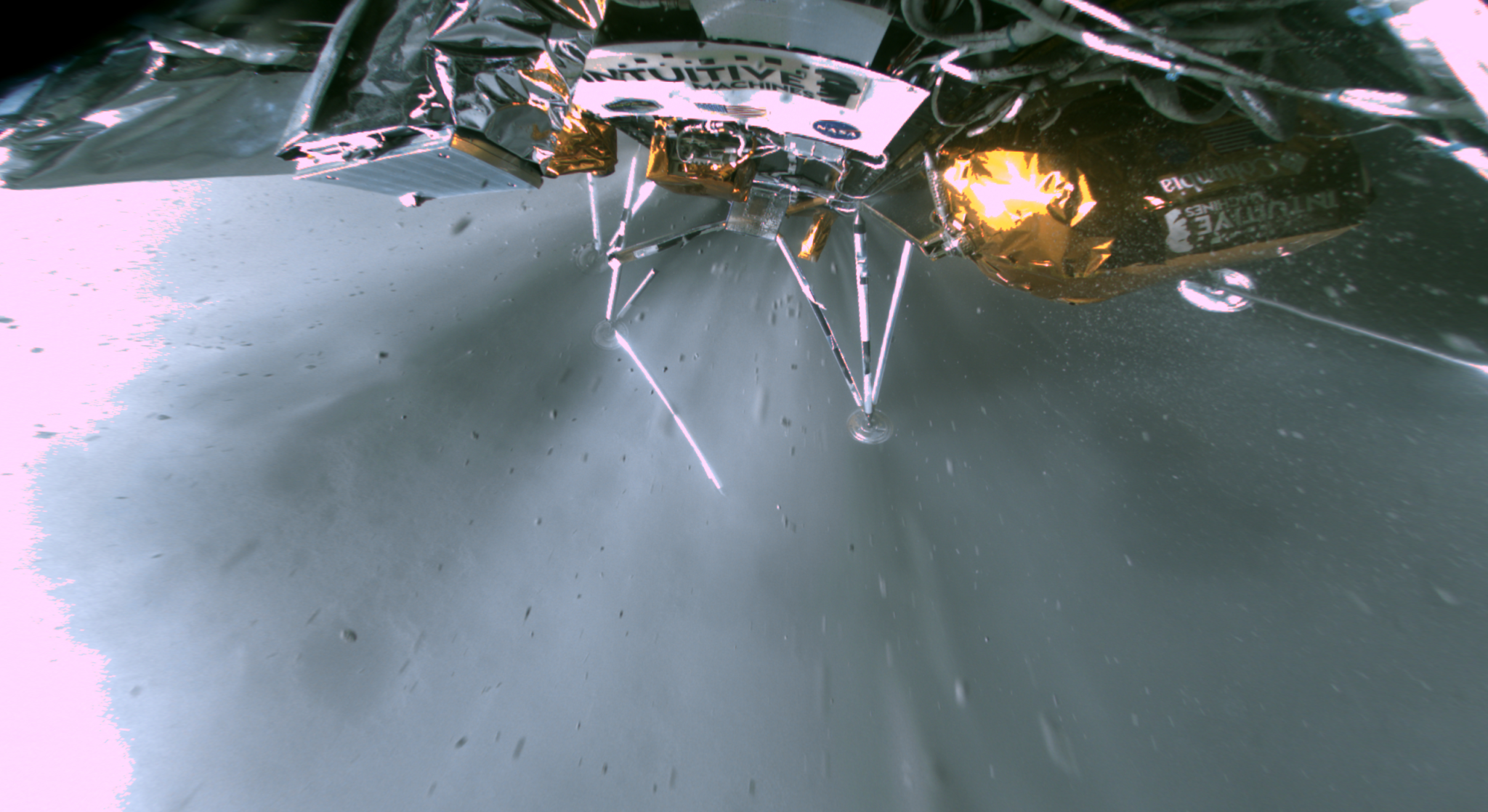
Taken on Tuesday, Feb. 27, Odysseus captured an image using its narrow-field-of-view camera.
Credit: Intuitive Machines


